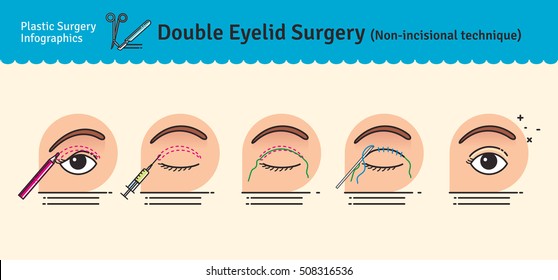How Does SMILE Eye Surgery Compare To LASIK And PRK?
How Does SMILE Eye Surgery Compare To LASIK And PRK?
Blog Article
Developed By-McElroy Kerr
If you have actually been considering SMILE eye surgical treatment, you may wonder how it stacks up against LASIK and PRK. Each procedure has its very own set of advantages and considerations. From quicker recuperation times to prospective dangers, there are crucial distinctions you need to know prior to choosing. Recognizing these differences will help you make an enlightened selection that aligns with your specific needs and expectations. Curious to know even more regarding exactly how these treatments contrast carefully? Keep checking out to obtain a thorough understanding of SMILE, LASIK, and PRK.
SMILE Eye Surgical Procedure Review
If you're thinking about SMILE eye surgical procedure, you'll discover it to be a minimally invasive treatment with a quick healing time. Throughout SMILE (Little Laceration Lenticule Removal), a laser is made use of to create a small, exact cut in the cornea to remove a little piece of cells, reshaping it to correct your vision. This differs from LASIK, where a flap is developed, and PRK, where the external layer of the cornea is entirely removed.
One of the essential advantages of SMILE is its minimally invasive nature, leading to a faster recovery procedure and much less pain post-surgery. The recovery time for SMILE is reasonably fast, with lots of individuals experiencing boosted vision within a day or two. This makes it a preferred selection for those looking for a practical and effective vision improvement procedure. Furthermore, SMILE has been revealed to have a reduced danger of completely dry eye syndrome compared to LASIK, making it a favorable choice for people worried about this potential adverse effects.
Differences Between SMILE, LASIK, and PRK
When contrasting SMILE, LASIK, and PRK eye surgical treatments, it is essential to comprehend the distinctive techniques made use of in each procedure for vision improvement.
SMILE (Little Cut Lenticule Removal) is a minimally invasive treatment that entails creating a small laceration to remove a lenticule from the cornea, improving it to correct vision.
LASIK (Laser-Assisted Sitting Keratomileusis) entails developing a thin flap on the cornea, using a laser to reshape the underlying tissue, and then repositioning the flap.
https://www.dailymail.co.uk/health/article-1174156/The-good-eye-laser-guide-The-pros-cons-things-look-for.html (Photorefractive Keratectomy) eliminates the external layer of the cornea prior to reshaping the cells with a laser.
The primary distinction lies in the method the cornea is accessed and dealt with. SMILE is flapless, making it a great option for individuals with slim corneas or those involved in contact sports. LASIK uses fast visual healing because of the flap creation, but it might pose a higher danger of flap-related difficulties. PRK, although having a longer recovery duration, avoids flap-related issues entirely.
Understanding these variations is vital in selecting the most suitable treatment for your vision correction demands.
Benefits And Drawbacks Contrast
To examine the advantages and drawbacks of SMILE, LASIK, and PRK eye surgeries, it's important to take into consideration the certain benefits and possible constraints of each procedure. SMILE surgical treatment supplies the advantage of a minimally intrusive treatment, with a smaller laceration and possibly quicker recuperation time compared to LASIK and PRK. It additionally reduces the risk of dry eye post-surgery, a common side effect of LASIK. Nevertheless, https://erickfpziq.answerblogs.com/26747671/enhancing-aesthetic-quality-via-advanced-laser-eye-treatments may have restrictions in dealing with higher levels of nearsightedness or astigmatism contrasted to LASIK.
LASIK surgery gives quick visual recuperation and minimal discomfort during the procedure. It's highly reliable in dealing with a vast array of refractive errors, consisting of nearsightedness, hyperopia, and astigmatism. Yet, LASIK brings a threat of flap complications, which can affect the corneal structure.
PRK eye surgery, while not as popular as LASIK, stays clear of producing a corneal flap, lowering the risk of flap-related complications. It's suitable for people with thin corneas or irregular corneal surfaces. However, 4 months after cataract surgery has a longer recovery time and may entail a lot more pain during the recovery process.
Final thought
So, when it concerns picking between SMILE, LASIK, and PRK, think about it like picking the perfect pair of shoes. SMILE is like a streamlined, comfy set of tennis shoes - quick and very easy.
LASIK is extra like trendy high heels - showy and quick, however with some potential risks.
PRK is like durable hiking boots - dependable and sturdy, but calling for a little bit more time and effort.
Inevitably, the best choice depends upon your private needs and preferences.
